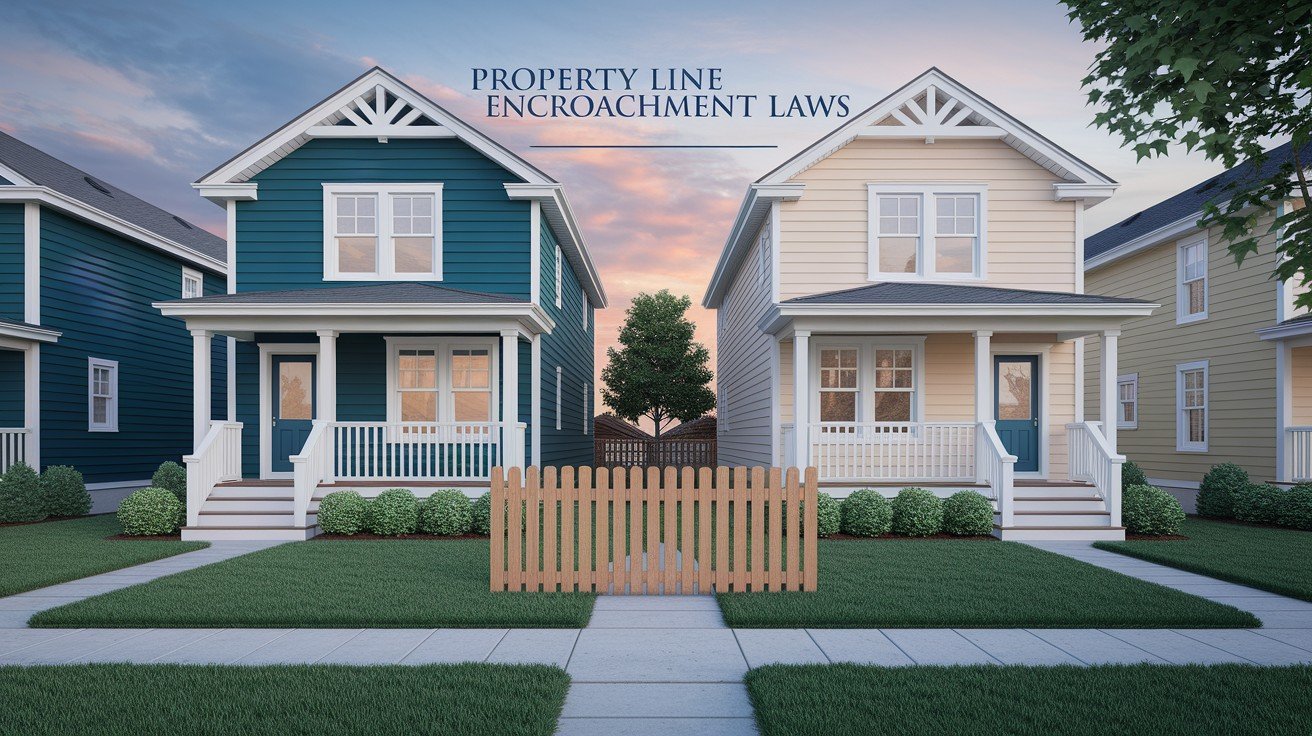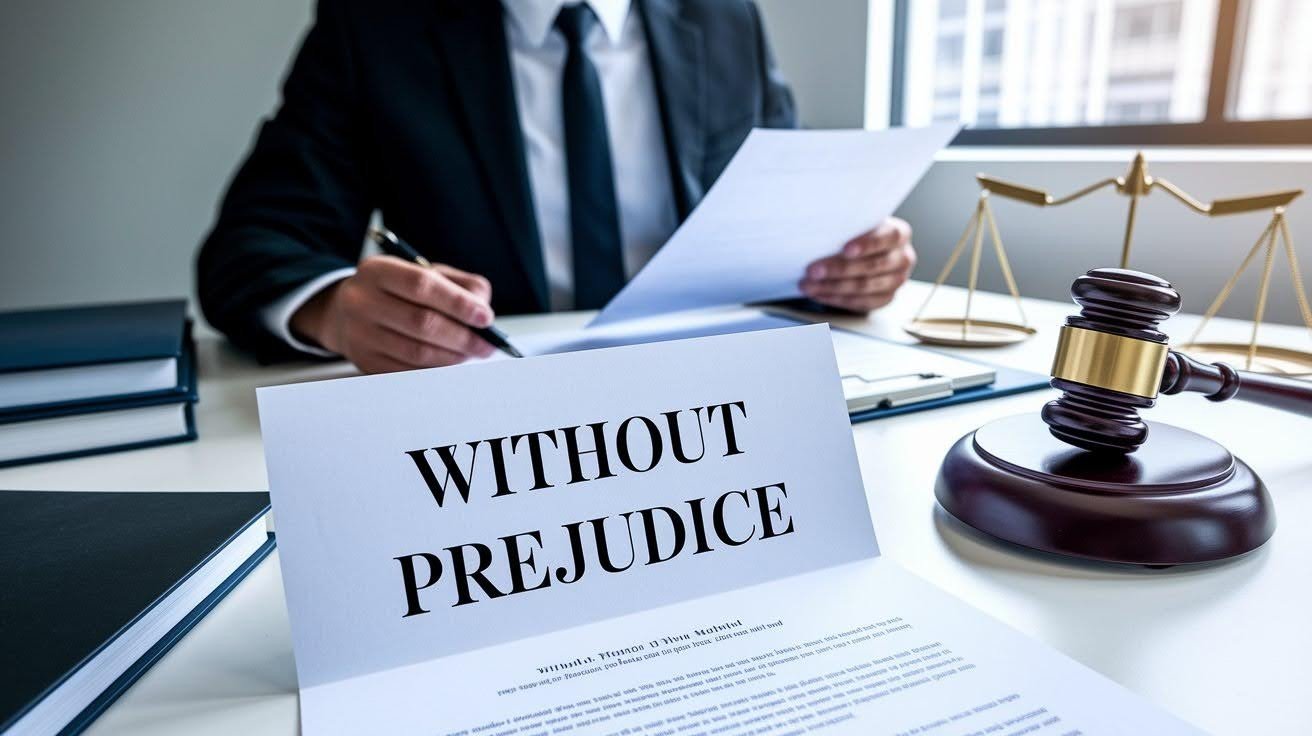Your neighbor’s fence seems suspiciously close to your garden. Is that sinking feeling within your stomach? It gives important information on real estate limits.
After having seen just how property line encroachment laws can make or break your biggest investment, I’ve helped homeowners to resolve boundary disputes for years
.These laws protect your ownership rights by preventing costly neighbor fights plus safeguarding your home’s value, not just drawing invisible lines.
This blog offers clearer and tested strategies. Your boundary problems are solved thereby. You will learn about encroachment laws, plus how you can spot violations, and also when action is required.
I’ll walk you through real solutions that work for you and not through confusing legal theory. An important element: preparation builds trust. I’m here to fully equip you toward success.
Understanding Property Boundaries and Legal Framework
Property lines might be invisible, but they’re very real under the law. I’ve seen too many homeowners learn this the hard way when disputes start.
What Are Property Lines Under the Law
Your property has invisible walls that the law takes seriously. These boundaries define exactly what land you own and what belongs to your neighbors.
Property lines go by different names, like boundary lines, survey lines, or parcel lines. But they all mean the same thing, the legal edges of your land. Think of them as invisible fences that courts will defend.
These boundaries serve important legal purposes in your daily life. They determine your ownership rights, maintenance duties, zoning compliance, and building setbacks. They even affect your property taxes and real estate transactions.
How to Legally Locate Your Property Lines
Finding your exact property lines takes detective work. But I’ll walk you through five proven steps that work every time.
Start with your property documents, like your deed, purchase agreement, and plat maps. Your deed contains the legal land description that courts recognize. Don’t skip this step it’s your strongest evidence.
Talk to your neighbors about shared boundaries, but remember their input isn’t legally binding. Then visit government offices like the zoning department and the county clerk for official records. A professional survey gives you the strongest legal proof when disputes go to court.
Legal Steps for Resolving Property Line Encroachments
When someone crosses your property line, you need a clear plan of action. I’ve guided hundreds of homeowners through this exact process.
Step 1: Initial Communication Requirements
Start with a friendly conversation before lawyers get involved. Most encroachment problems happen by accident, and neighbors often want to fix things once they know about them.
Talking first saves you time and money compared to legal battles. It also helps preserve your relationship with people you see every day. Cost-effective problem solving beats expensive court fights.
However, sometimes communication isn’t enough to solve the problem. When neighbors refuse to cooperate or deny that the encroachment exists, you need to prepare for formal legal action to protect your rights.
Step 2: Documentation as Legal Evidence
Paperwork wins property disputes. Courts need concrete proof that an encroachment exists, and your documents provide that evidence.
Gather your property deed, plat maps, certificate of title, and any previous surveys. These documents show exactly where your legal boundaries sit. Legal land descriptions in your deed carry the most weight in court.
Strong documentation gives you concrete evidence of the encroachment. It also provides a clear representation of your property boundaries that judges and juries can easily understand.
Step 3: Cease and Desist Letter Legal Requirements
A cease and desist letter puts your neighbor on official notice. This formal document creates a paper trail and shows you’re serious about protecting your rights.
Your letter needs specific elements to be legally effective. Include a clear description of the encroachment, exact location details, and evidence from your property documents. Reference applicable laws and maintain a respectful but firm tone.
Send the letter via certified mail to prove your neighbor received it. Keep copies of everything for future legal proceedings. This documentation becomes crucial if you need to take the case to court.
Step 4: Professional Survey Legal Requirements
Licensed surveyors provide the gold standard for boundary disputes. Their specialized equipment gives you precise measurements that courts trust completely.
A professional survey creates an authoritative report with physical boundary markers. This gives you and your neighbor concrete evidence about where property lines truly exist. No more guessing or arguments about invisible boundaries.
The legal value of professional surveys can’t be overstated. They provide concrete evidence for legal proceedings and a clear resolution for both parties involved in the dispute.
Step 5: Legal Representation and Court Action
Sometimes lawyers become necessary when other resolution attempts fail. Complex property law and significant encroachments often require professional legal help.
Property attorneys provide valuable legal advice, represent your interests, and explore potential remedies. They understand the complexities that most homeowners never encounter in normal property ownership.
Legal action options include lawsuit filing for encroachment removal, court orders for structure removal, and compensation claims for damages. Injunction requests can also prevent continued use of your disputed land.
Legal Prevention Strategies for Property Owners
Prevention beats expensive legal battles every single time. Smart property owners take steps now to avoid boundary problems later.
Boundary Documentation Legal Requirements
Get a professional survey when you buy property. Clear boundary definitions and proper legal documentation prevent most disputes before they start.
Professional surveys are especially important for property purchases and building projects. They ensure clear boundary definition and proper legal documentation maintenance for future reference.
Compliance with local legal requirements protects you from violations. Follow zoning laws, building regulations, and structure placement requirements to avoid creating problems with neighbors.
Neighbor Communication Legal Best Practices
Open communication prevents most boundary disputes. Early discussion leads to quick agreements that benefit everyone involved.
Always give neighbors advance notice about property changes like fence construction or driveway additions. This simple courtesy prevents misunderstandings that turn into legal battles.
Verify local law compliance before starting any project near property lines. Proper planning and communication save you from expensive mistakes and damaged relationships.
Prompt Legal Action Requirements
Address encroachments immediately when you discover them. Waiting too long can lead to adverse possession claims against your property.
Acting quickly protects your legal rights and prevents future complications. Delayed action weakens your position in potential legal proceedings.
Understanding statute of limitations and property rights preservation requirements helps you protect your investment effectively for years to come.
Conclusion
After resolving numerous boundary disputes in my legal practice, homeowners are able to save, or they may lose thousands based on what I’ve seen of property line encroachment laws. These laws safeguard your rights to own and prevent neighbor disputes from harming your investment.
From initial conversations through professional surveys to court action when necessary, you now have proven strategies that work. Early action is everything. I have watched property owners give up rights just because they had waited for too long.
Disclaimer: This information is all for education and does not replace legal advice tailored for you.
Share below with us if you have experienced boundary issues. Send this message to neighbors if similar challenges affect them.
Frequently Asked Questions
What are property line encroachment laws, and how do they protect me?
Property line encroachment laws protect your legal boundaries when neighbors build structures or extend improvements onto your land without permission. These laws give you legal remedies, including removal orders, compensation, and injunctions to stop further violations.
How can I tell if my neighbor is violating property line encroachment laws?
Get a professional land survey to determine the exact boundaries. Compare the survey results to any structures, fences, driveways, or landscaping that cross onto your property. Your property deed also contains legal descriptions of your boundaries.
What should I do first when property line encroachment laws are violated?
Start with a friendly conversation with your neighbor many encroachments are accidental. If talking doesn’t work, gather your property documents, send a cease and desist letter, and consider getting a new survey for legal proof.
Can property line encroachment laws help me remove my neighbor’s fence?
Yes, if the fence crosses your legal property line, you can demand removal through encroachment laws. You’ll need survey proof and may require court action if your neighbor refuses to move the structure voluntarily.
When do I need a lawyer for property line encroachment laws?
Hire a property attorney when neighbors refuse to cooperate, significant structures are involved, or adverse possession might apply. Legal help becomes essential for court filings, complex cases, or when other resolution attempts fail.





